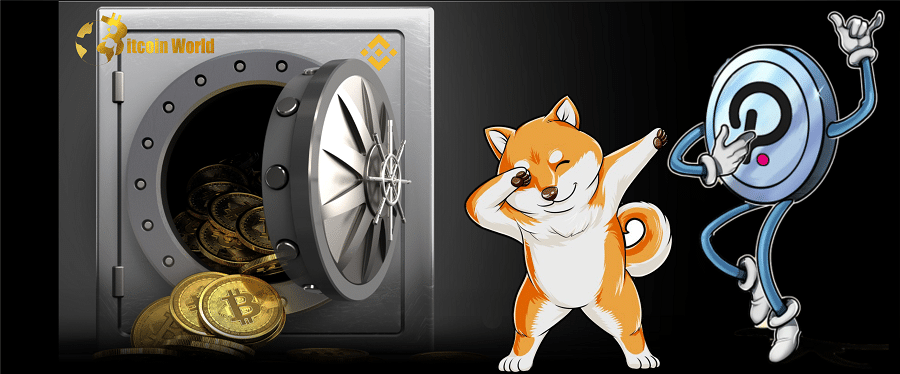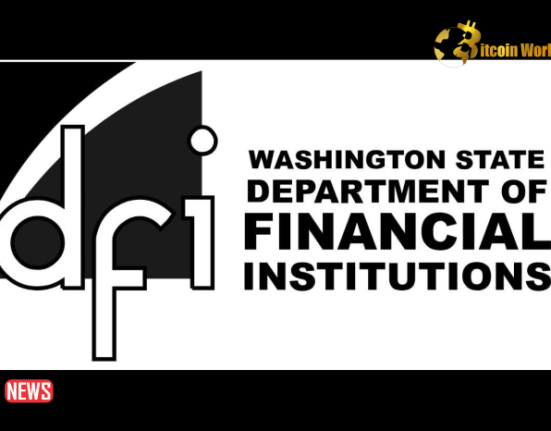Shiba Inu ($SHIB), a meme-inspired cryptocurrency, and Polkadot ($DOT), the native token of the “blockchain of blockchains,” have been included to Binance’s Proof of Reserves verification system, among with other tokens.
Binance’s Proof of Reserves mechanism simply allows customers to verify that the cryptocurrency has their assets in reserve, backing their deposited cash on the platform, using a cryptographic technique called a Merkle Tree.
Both $SHIB and $DOT have been added to Binance’s system, joining Solana ($SOL) and Chiliz ($CHZ), increasing the total number of verified assets on the platform to 13.
The verification system of the major cryptocurrency exchange has also recently been enhanced using zk-SNARKs, a “zero-knowledge verification method that keeps sensitive information private and more secure.”
According to Investopedia, Zk-SNARK stands for “Zero-Knowledge Succinct Non-Interactive Argument of Knowledge.” It is a type of cryptographic proof that allows one person to demonstrate possession of specified information without disclosing it. ght
The proof is carried out with the use of a pre-transaction secret key. The purpose of zk-SNARKs, according to ConsenSys, is for a verifier to establish, without disclosing it to anybody, including themselves, that a prover is aware of a secret value known as a witness that meets a specific connection.
According to CryptoGlobe, Shiba Inu has seen an increase in the number of massive whale transactions on their network, which has been “historically connected with price swings.” The cryptocurrency has seen “significant surges in massive whale transactions,” with transactions over $100,000 reaching all-time highs.
These massive whale trades are taking place in the context of a broader cryptocurrency market rebound, with the flagship cryptocurrency Bitcoin ($BTC) seeing its best January in a decade after surging more than 40% in a month.
Notably, Polkadot has lately surpassed Cardano ($ADA) as the leading cryptocurrency network in terms of development activity. Polkadot’s active user base increased by 300% during last year’s cryptocurrency market crash. Polkadot’s main blockchain, known as the relay chain, does not enable smart contracts, but other blockchains linked to it do.
As a result, Polkadot is projected to expand into a cryptocurrency ecosystem that competes with other smart contract networks such as Ethereum, the BNB Chain, and others. It was introduced in 2020 and includes a variety of technical characteristics that will assist it in reaching its aim.














